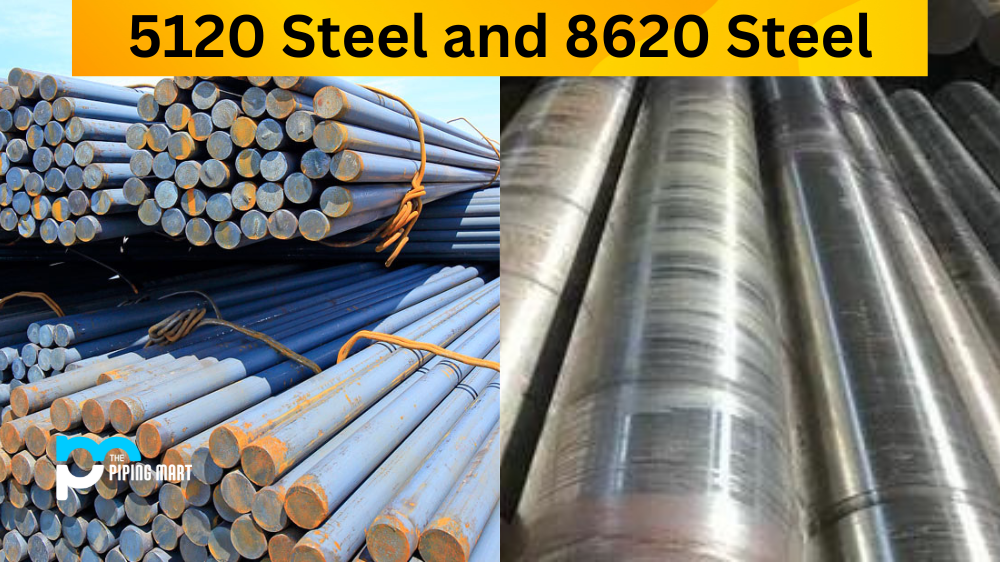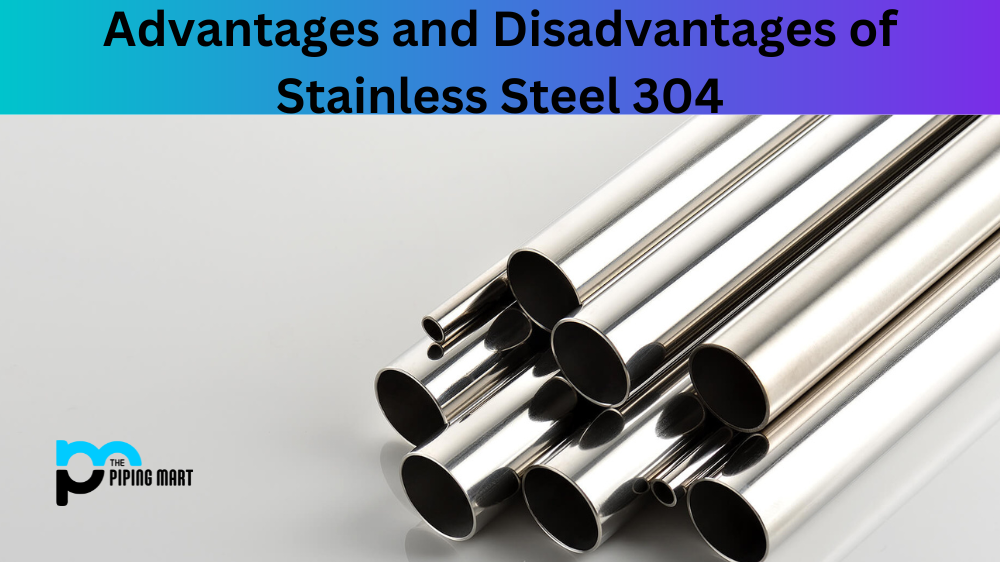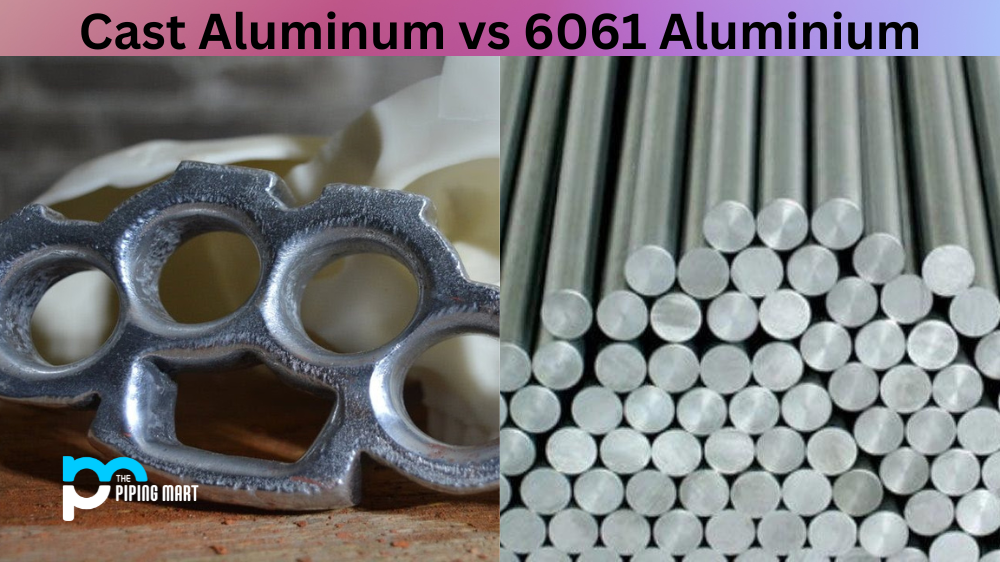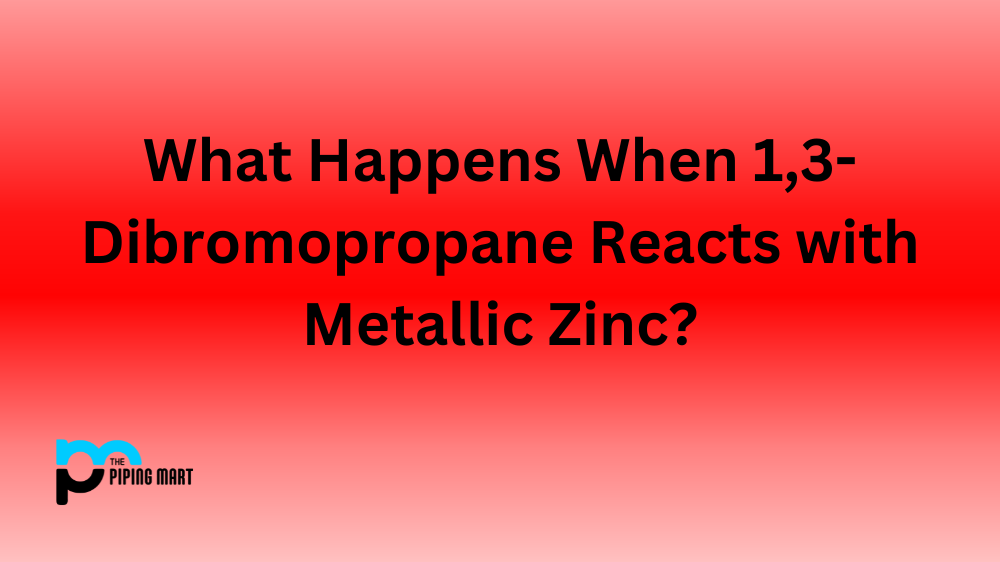Steel is one of the most commonly used metals worldwide, available in several forms. Two popular types of steel that people often confuse are 5120 steel and 8620 steel. Both types of steel have different properties, which make them suitable for different applications. In this blog post, we will explore the differences between these two types of steel to help you decide which one to choose for your next project.
Difference Between 5120 Steel and 8620 Steel
Composition
5120 steel is a low-alloy steel that contains a relatively large amount of chromium. It also has moderate levels of carbon, manganese, and molybdenum. This combination of materials makes 5120 steel exceptionally durable and resistant to wear and tear. On the other hand, 8620 steel is nickel-chromium-molybdenum alloy steel. It is known for its toughness, strength, and good flexibility. While it is similar to 5120 steel, it has higher nickel levels, making it more corrosion-resistant and better at retaining strength at elevated temperatures.
Application
5120 steel is commonly used in the automotive industry, industrial machinery, and mining equipment. It is also suitable for applications where heat treatment is necessary. It is ideal for gears, shafts, and other components that require high strength. On the other hand, 8620 steel is commonly used in the aerospace industry. It is also suitable for applications where large sections need to be heat-treated. It is ideal for gears, shafts, and other components that require high endurance and flexibility.
Machinability
5120 steel has good machinability. It can be easily machined using conventional methods and readily accepts heat treatment. 8620 steel also has good machinability, although it can be slightly more difficult to work with than 5120 steel. It requires preheating before welding but is otherwise relatively easy to machine.
Weldability
5120 steel is relatively easy to weld, although it requires preheating before welding to avoid cracking. It can also be difficult to weld if it has been quenched and tempered. 8620 steel is also relatively easy to weld. However, it requires preheating and slow cooling to avoid distortion. It can also be challenging to weld if it has been hardened.
Conclusion
In conclusion, both 5120 steel and 8620 steel have unique properties that make them suitable for different applications. Both types of steel are known for their strength and durability, but they also have differences in their composition, application, machinability, and weldability. Therefore, when selecting the right steel for your project, it is crucial to consider these factors carefully. Always choose the appropriate steel based on your project’s requirements to achieve the best results.

A passionate metal industry expert and blogger. With over 5 years of experience in the field, Palak brings a wealth of knowledge and insight to her writing. Whether discussing the latest trends in the metal industry or sharing tips, she is dedicated to helping others succeed in the metal industry.




